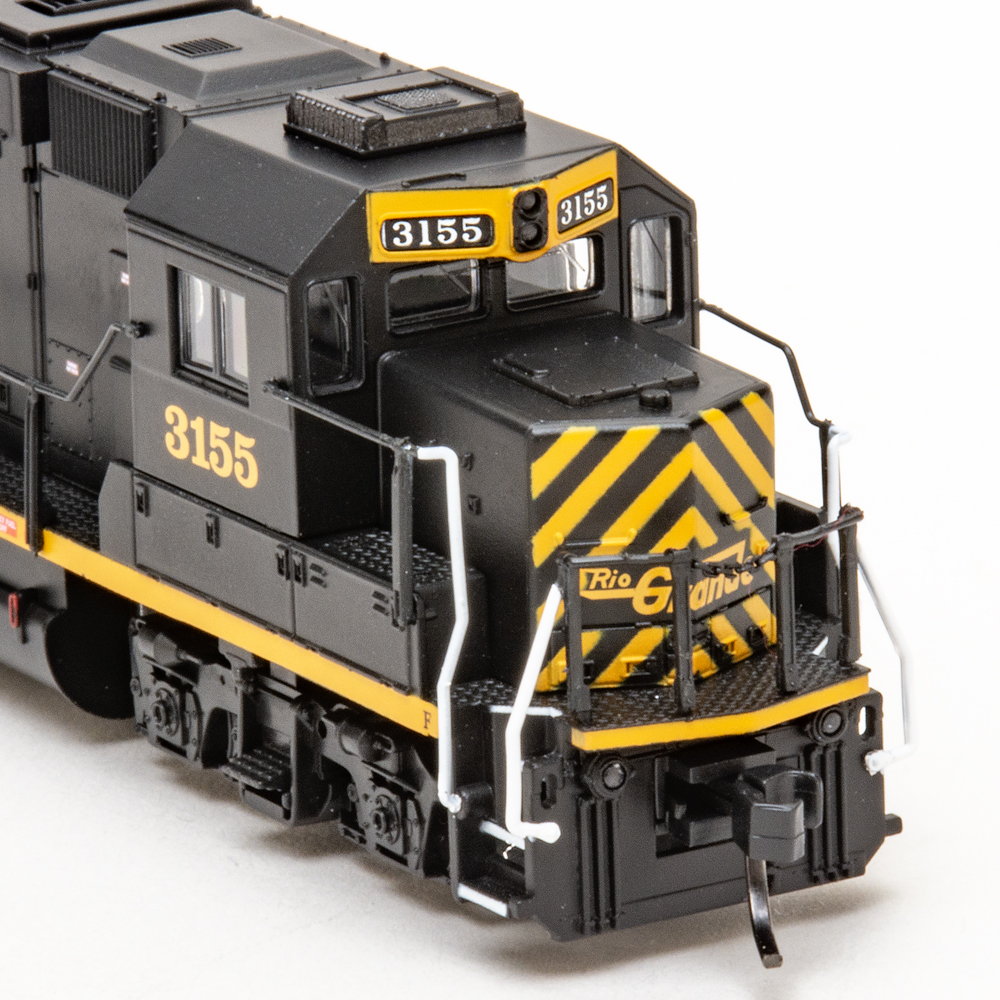
Atlas N scale EMD GP60 Scale: N (1:160) Price: Direct-current model with factory-installed speaker, $144.95; with ESU sound decoder, $254.95. Subtract $10 for undecorated models. Era: October 1985 to present Manufacturer: Atlas Model Railroad Co., 378 Florence Ave., Hillside, NJ 07205; 908-687-0880; shop.atlasrr.com Atlas N scale EMD GP60 features: Body-mounted Accumate couplers Clear window glazing […]
Read More…

Since 1994, Great Scenic Railway Journeys (GSRJ) on PBS has captivated viewers tuning in to “see the world from the scenic railroad.” It has catapulted Show Creator, Producer and now Host Robert Van Camp to 20 Emmys and the Program Excellence award from American Public Television. But for the man behind the camera, you see […]
Read More…
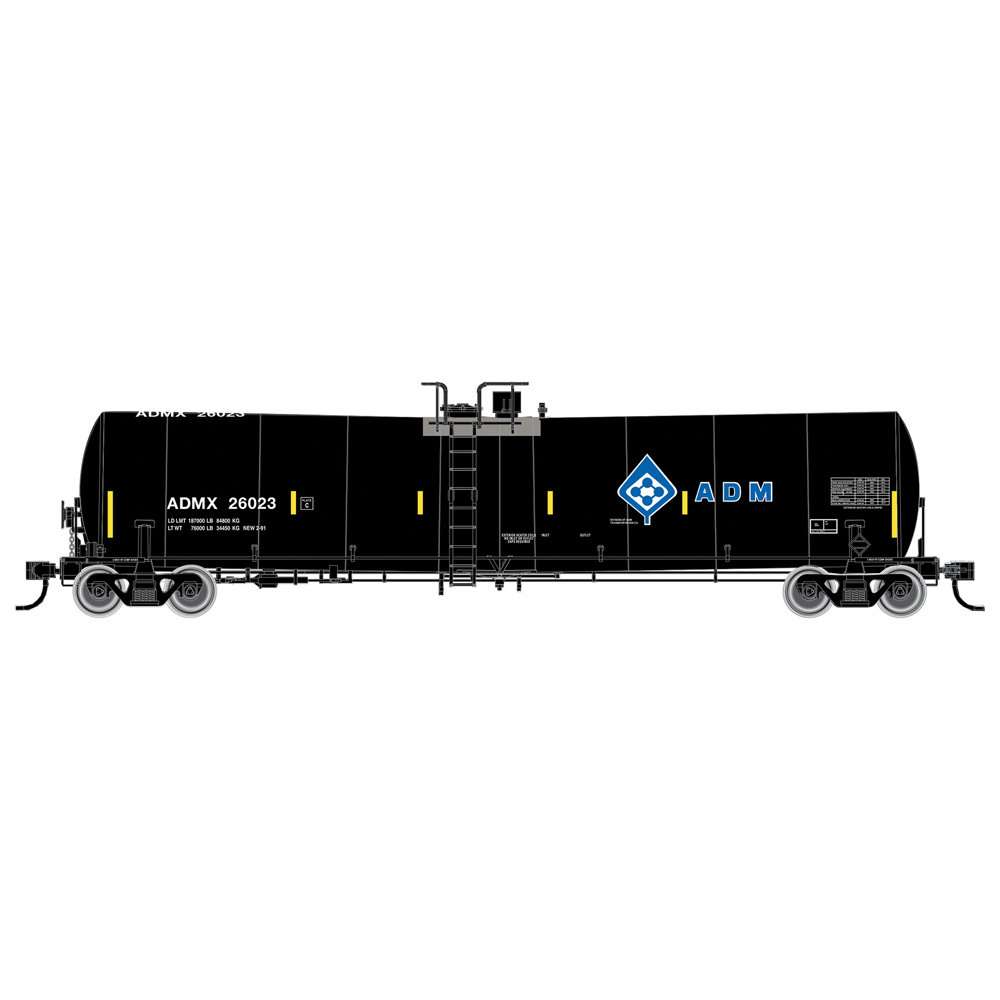
News & Products for the week of May 12th 2025 Model railroad operators and builders can get the latest information about locomotives, freight cars, passenger cars, tools, track, and more by reading Model Railroader’s frequent product updates. The following are the products Model Railroader editors have news on for the week of May 12th, […]
Read More…
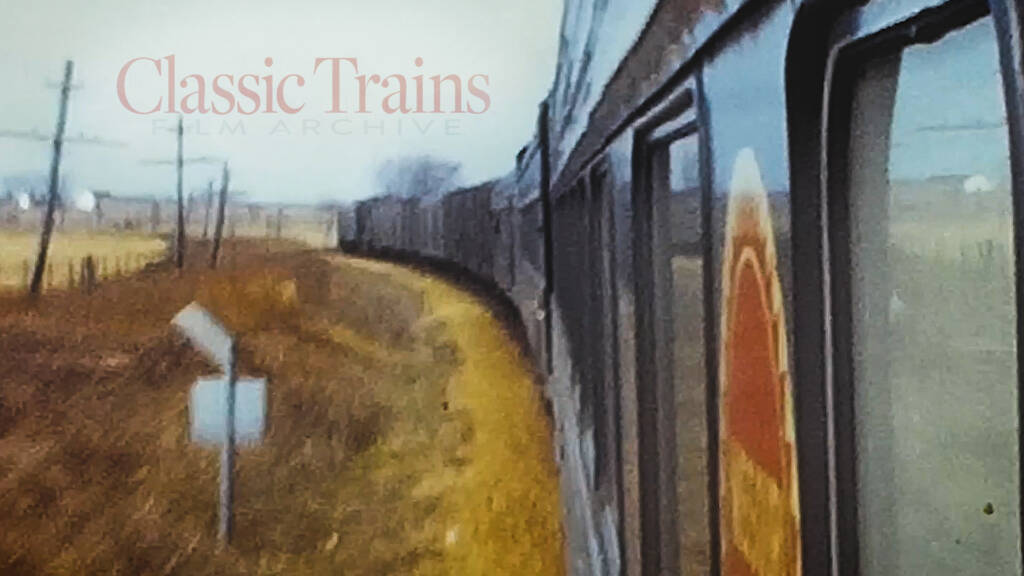
Classic Trains Film Archive | Midwestern Missouri Pacific Journey, J. David Ingles Reel 0052 – Journey through the heart of 1960s Midwest railroading in this colorful film from former Trains Magazine Editor J. David Ingles. Ride a classic Missouri Pacific passenger train from St. Louis to Kansas City and witness historic rail action along the […]
Read More…
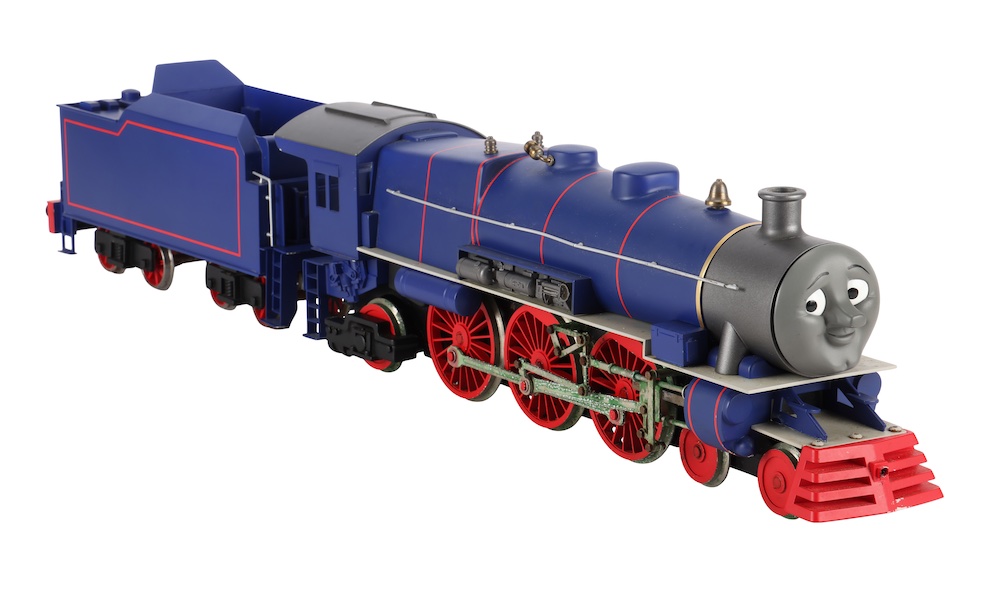
Want to own a piece of toy train television history while also benefiting a worthy cause? You’ll have that chance this month. In a press release sent to Classic Toy Trains, auctioneer Propstore, in partnership with Mattel, is hosting an auction featuring more than 200 items from the iconic Thomas & Friends television series. This […]
Read More…

Steamtown National Historic Site, once known as Steamtown USA, has a captivating history. Its journey from one man’s vision in New England to a National Park Service railroad museum in Pennsylvania is marked by highs and lows, attracting both advocates and critics. The Vision of F. Nelson Blount Francis Nelson Blount Jr. was […]
Read More…
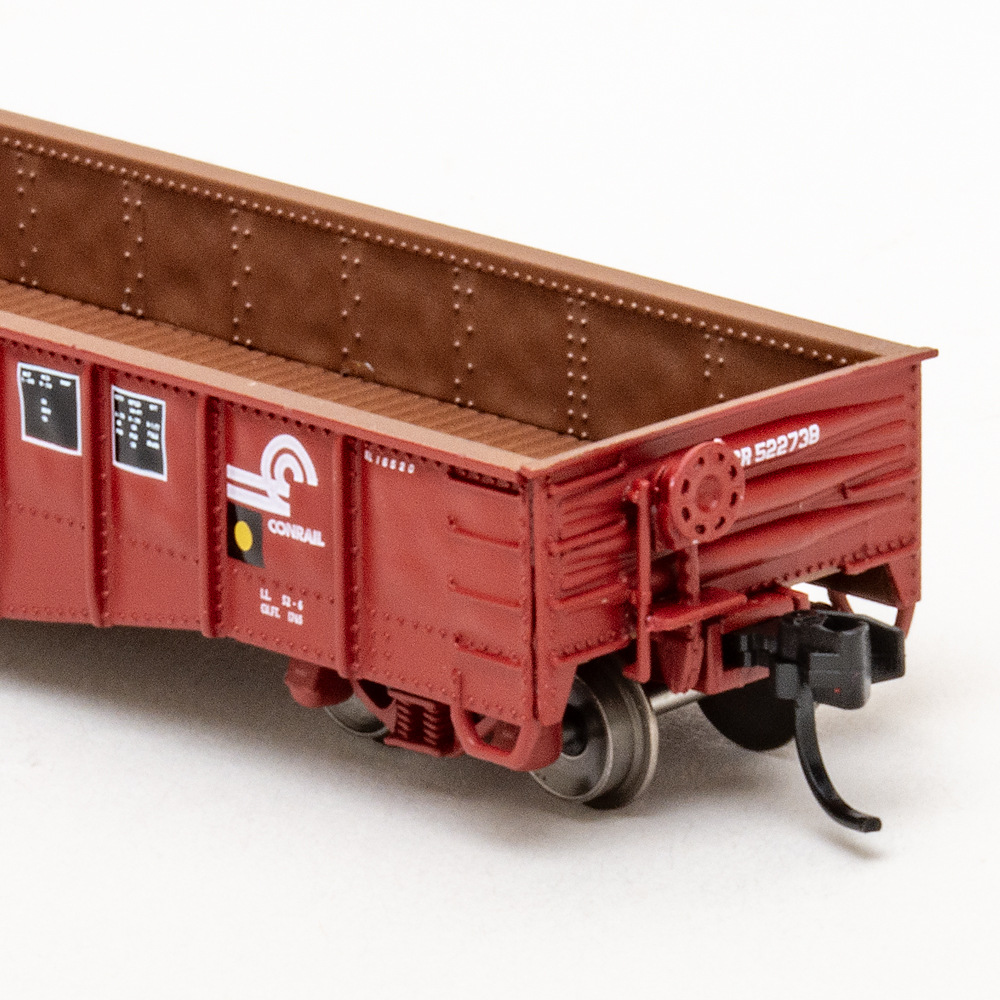
A 52’-6”, 15-panel gondola with factory-dented sides is now available from Bluford Shops. The N scale injection-molded plastic model, offered with light, medium, and heavy denting, features metal wheelsets, body-mounted couplers, and railroad-specific end and hand brake options. Prototype history The Bluford Shops model is based on a design developed by the Erie RR and […]
Read More…

Each week, I will pick a random page from a back issue of Classic Toy Trains and talk a little about it. I’ll kick off this series with the very first cover. It was one of the few covers to feature a person, Richard Kughn, next to part of his collection. You’ll also notice the […]
Read More…
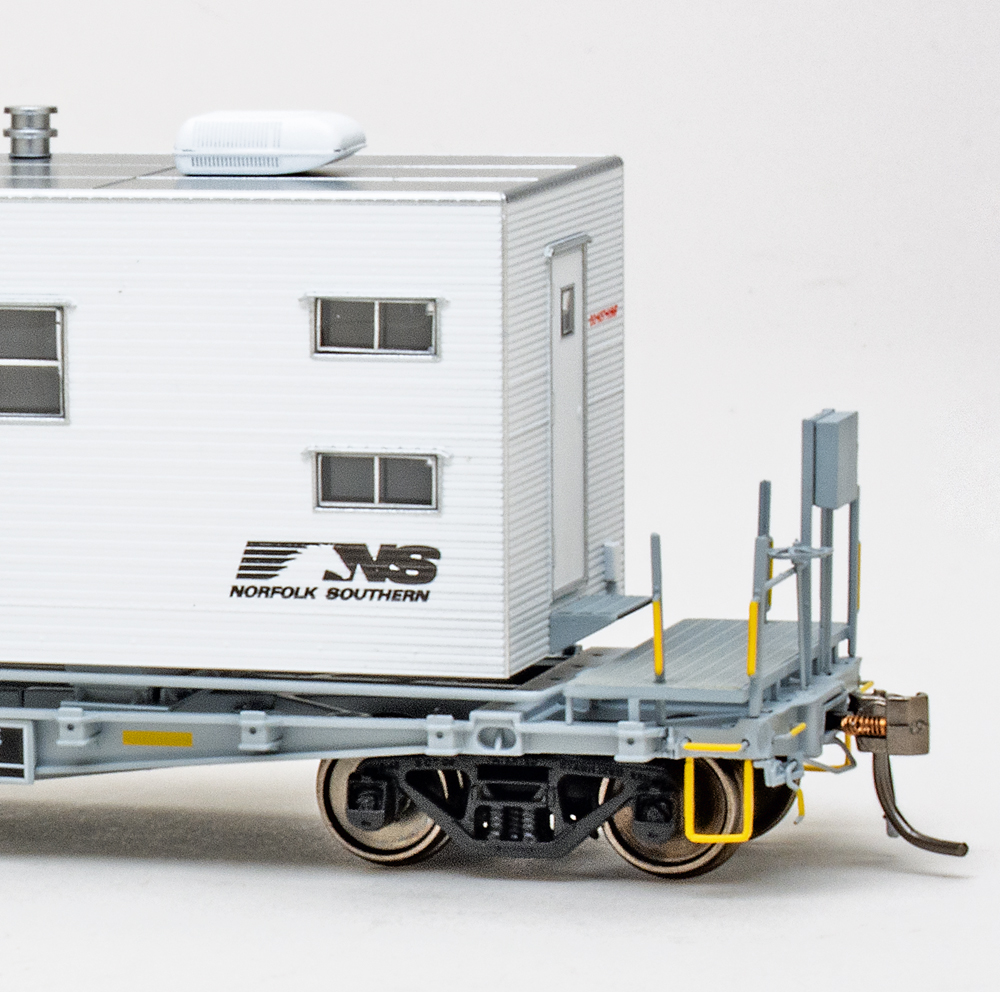
Rapido HO MOW flat and camp cars Scale: HO (1:87.1) Price: Single camp car, $69.95; three-pack (diner, kitchen, and office vans), $199.95; and six-pack (sleeper vans), $399.95. Separate sale camp trailers (dining, kitchen, office, and sleeper), $24.95 each. Conrail F30A MOW flatcar with deck rails: Single car, $54.95; six-pack, $329.70. Era: 1980s to present Manufacturer: […]
Read More…
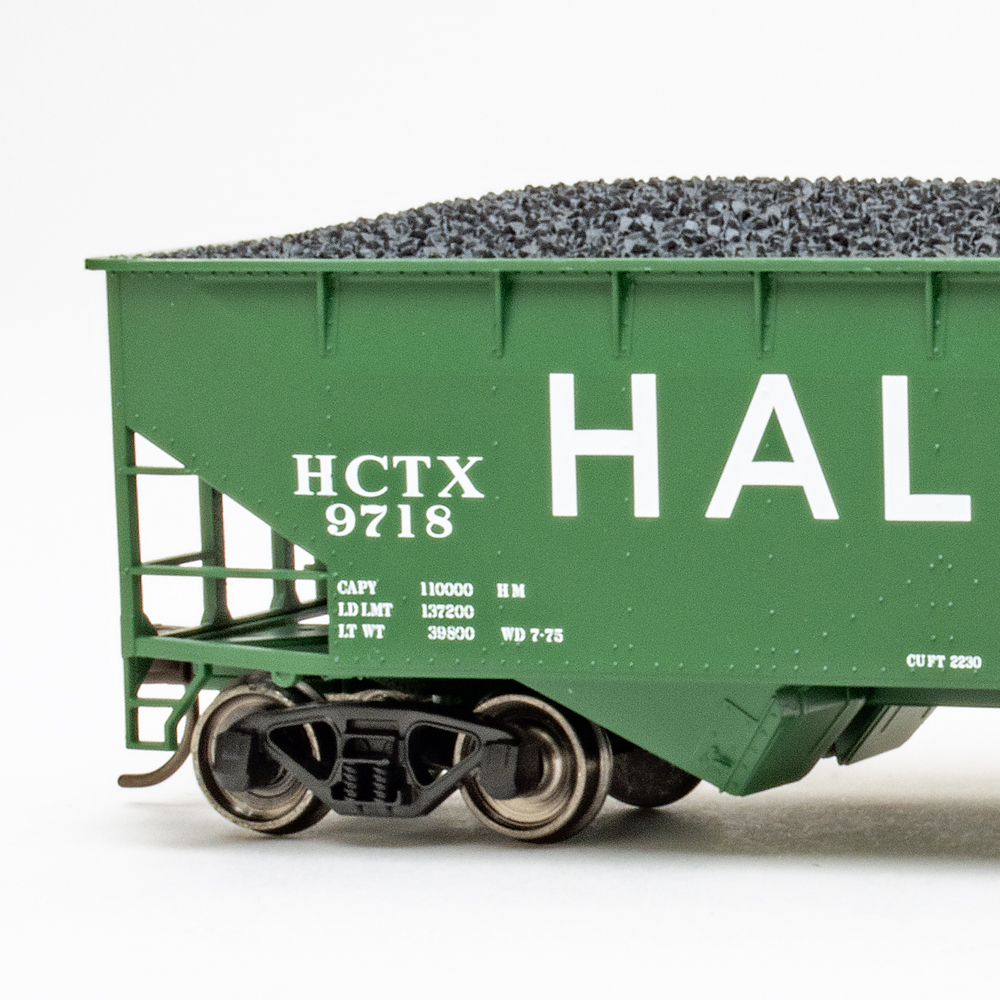
Atlas Trainman HO two-bay hopper Scale: HO (1:87.1) Price: Single car, $26.95; three-pack, $80.85 Era: 1930s to 1970s Manufacturer: Atlas Model Railroad Co., 378 Florence Ave., Hillside, NJ 07205; 908-687-0880; shop.atlasrr.com Atlas Trainman HO two-bay hopper features: Blackened metal wheels on plastic axles Body-mounted Accumate couplers Factory-applied brake wheel, chassis, and slope sheet covers Freestanding […]
Read More…
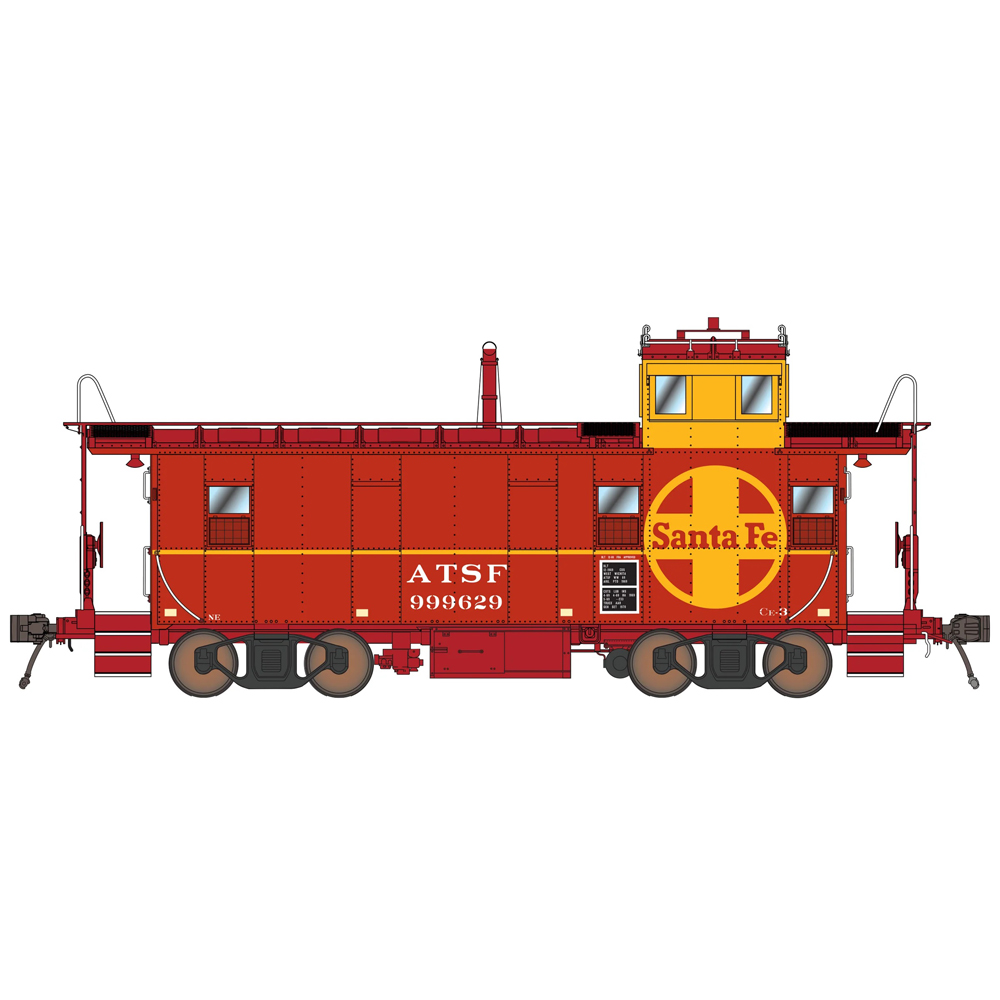
News & Products for the week of May 5th 2025 Model railroad operators and builders can get the latest information about locomotives, freight cars, passenger cars, tools, track, and more by reading Model Railroader’s frequent product updates. The following are the products Model Railroader editors have news on for the week of May 5th, […]
Read More…
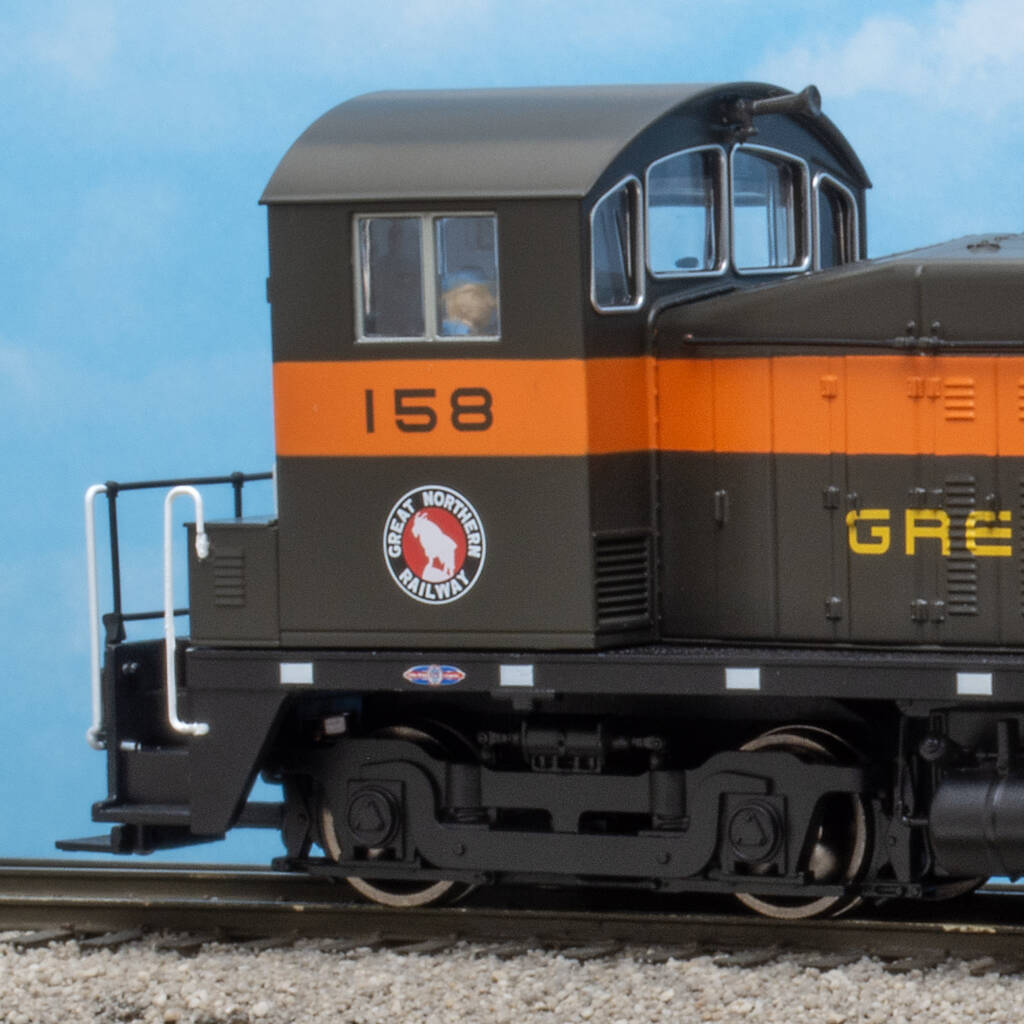
Walthers HO scale Electro-Motive Division NW2 Scale: HO (1:87.1) Price: Direct-current model with Next18 DCC plug, $154.98; with dual-mode ESU Sound & DCC, $209.98 Manufacturer: Wm. K. Walthers Inc., 5601 W. Florist Ave., Milwaukee, WI 53218; 414-527-0770; walthers.com Walthers HO scale Electro-Motive Division NW2 features: Dual tall conical exhaust stacks Factory-installed grab irons on hood […]
Read More…











